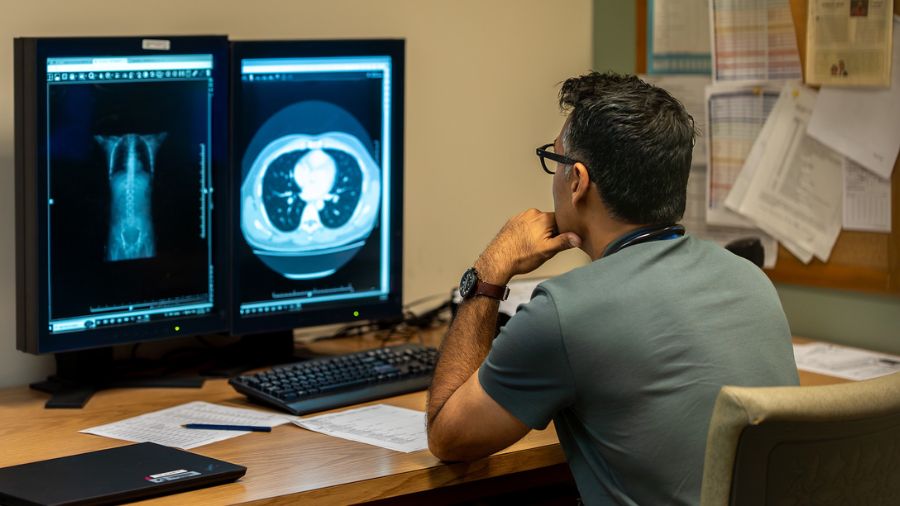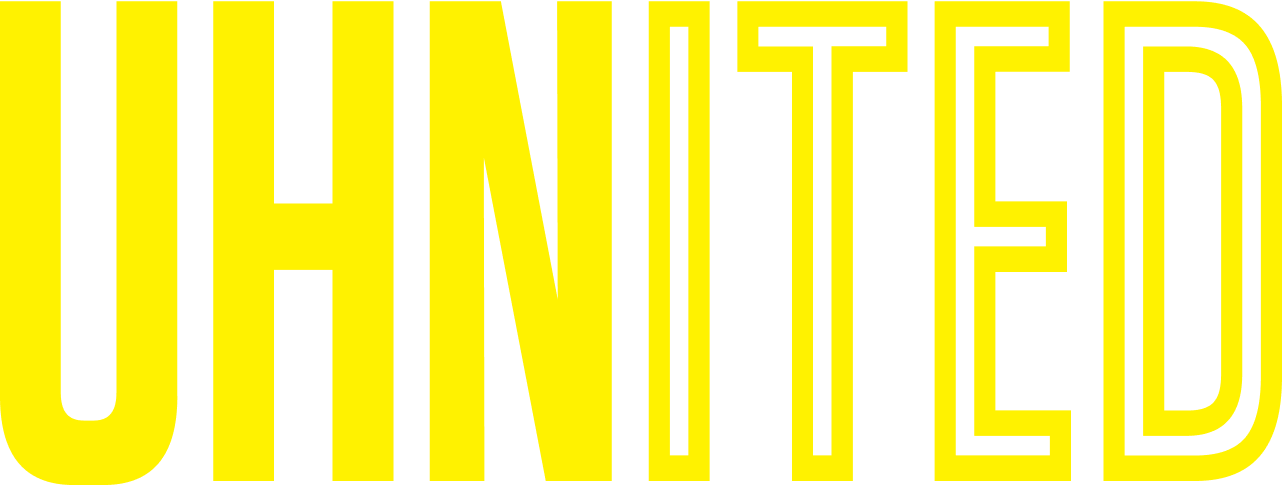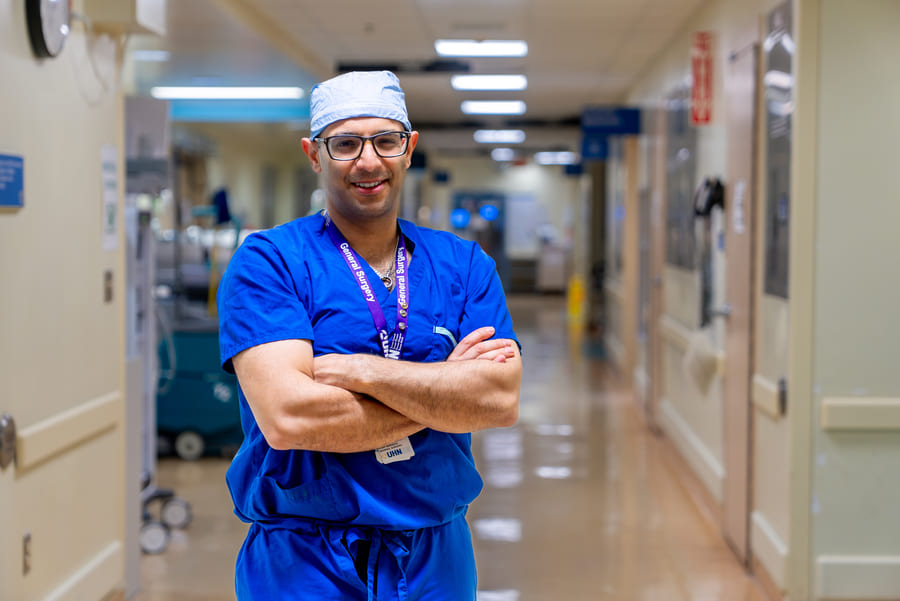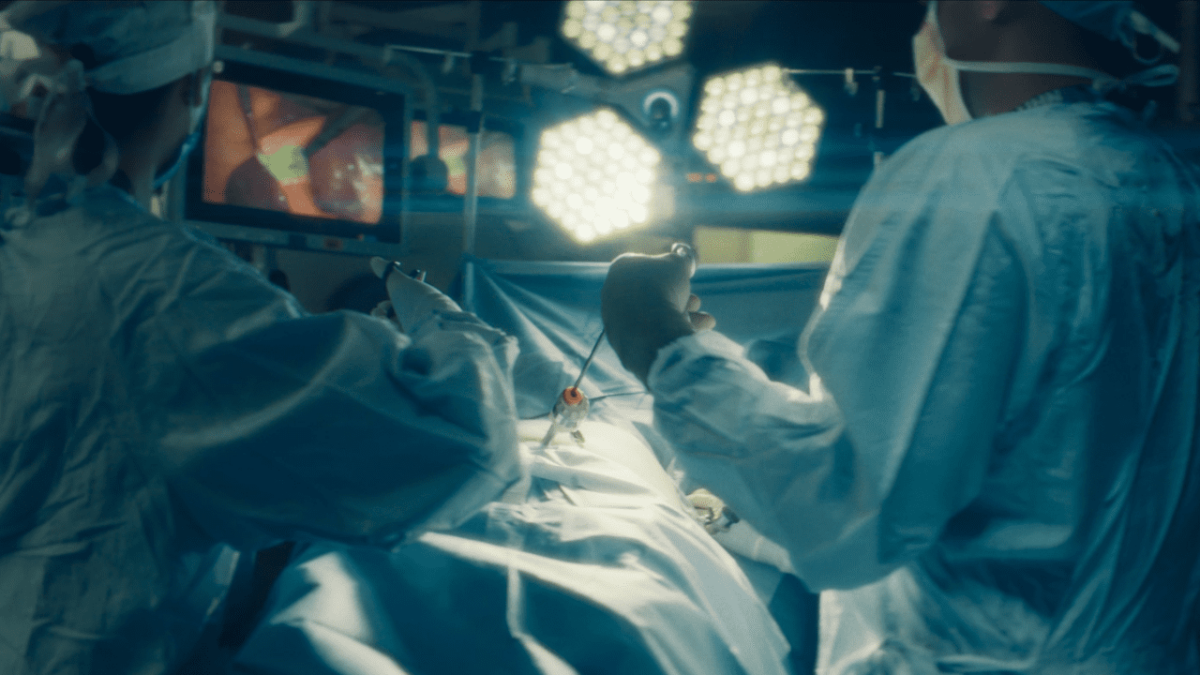
For patients with rare diseases, the path to diagnosis can be long and uncertain. Many face significant delays between the onset of symptoms and receiving a confirmed diagnosis. This can be a difficult time filled with misdiagnosis, inconclusive tests and unanswered questions—and some patients remain undiagnosed altogether. At University Health Network (UHN), internal medicine physicians Drs. Kevin Venus and David Frost, along with Dr. Janice Kwan from Sinai Health, believe a combination of clinical strategies, multidisciplinary collaboration and emerging technologies could help address these challenges by improving diagnostic accuracy and efficiency. In a recent article published in the Journal of General Internal Medicine, a widely read U.S.-based medical journal, they explore progressive approaches to advancing rare disease diagnosis.
The challenge of diagnosing rare diseases
Rare diseases pose unique difficulties for physicians. Because these diseases are inherently uncommon, lack of awareness is often a major obstacle. Even if a rare condition is suspected, reaching a diagnosis often requires expensive, invasive or logistically complex testing. For patients, this means waiting months or even years for an answer, adding an emotional toll to each additional consultation.
“We must aim to achieve balance between improving diagnostic accuracy in a timely manner and avoiding needless testing for low-probability conditions,” says Dr. Venus. This challenge is particularly pressing in rare disease diagnosis, where the need for precision must be weighed against resource constraints and the burden it places on patients.”
When dealing with rare diseases, clinicians must feel confident enough to question their initial impressions, select appropriate diagnostic strategies and differentiate meaningful signals from irrelevant noise.
Clinical solutions in practice
There are a variety of strategies which can help clinicians improve the accuracy of rare disease diagnosis. Working within a diagnostic management team (DMT) can bridge individual knowledge gaps. A DMT consists of specialists from different disciplines who conduct a comprehensive case review and provide an integrated recommendation. Deliberate reflection allows doctors to reassess cases that don’t fit expected patterns, improving accuracy by prompting them to consider alternate possibilities. Additionally, Diagnostic calibration aligns physician confidence with accuracy through structured feedback and health record updates, though privacy policies and workflow barriers remain challenges. By utilizing these approaches, clinicians can enhance diagnostic precision and improve outcomes for patients with rare diseases.
AI: The future of rare disease diagnosis
Looking ahead, AI and machine learning hold immense potential in transforming how rare diseases are diagnosed. These technologies can process vast amounts of medical data, including clinical histories, lab results, imaging scans and wearable device outputs, identifying subtle patterns that may elude even the most experienced physicians. AI-powered decision-support tools could help bridge knowledge gaps, ensuring that clinicians consider rare conditions they might otherwise overlook.
Dr. Frost notes, “AI has the potential to enhance diagnostic accuracy by integrating vast amounts of clinical data, but it’s success will depend on how well we can implement these tools into everyday practice.”
AI-driven chatbots, like ChatGPT-4, have demonstrated their ability to assist with medical queries, generate differential diagnoses and streamline clinical documentation. As these systems continue to evolve, they will become even more effective in supporting doctors, allowing them to make more informed decisions. By integrating AI into clinical practice, physicians could have real-time access to a powerful diagnostic assistant. While this technology is still in its infancy, it may ultimately lead to faster, more accurate and more equitable rare disease diagnosis.
A brighter future for rare disease patients
With AI and human experts working hand in hand, the future of rare disease diagnosis is becoming clearer — and faster — than ever before. UHN experts are unlocking answers for patients who need them most, bringing hope where there was once only uncertainty.

No one ever changed the world on their own but when the bright minds at UHN work together with donors we can redefine the world of health care together.


